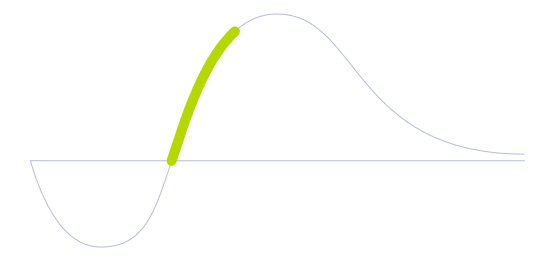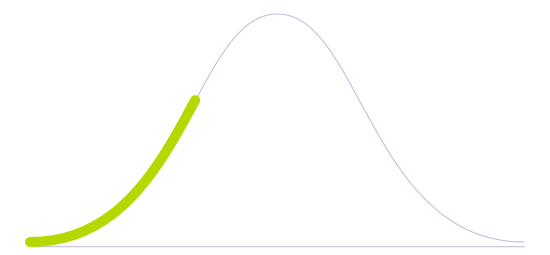Cellular Food

Technology Life Cycle
Marked by a rapid increase in technology adoption and market expansion. Innovations are refined, production costs decrease, and the technology gains widespread acceptance and use.

Technology Readiness Level (TRL)
Prototype is fully functional and ready for testing in industrially relevant environment.

Technology Diffusion
Embrace new technologies soon after Innovators. They often have significant influence within their social circles and help validate the practicality of innovations.

Conventional livestock production plays a critical role in land degradation, climate change, water, biodiversity loss and public health (due to animal-borne diseases), all of which are expected to be further stressed as the global population increases over time. Biofabrication has the potential to change how we obtain, process, and radically transform animal products for food and fashion, by "growing" synthetic versions of those commodities.
The technique, primarily, utilizes 3D printing technologies to engineer biological products, such as tissues and organs, using the same foundational cells that comprise them in nature, likewise yeast or bacteria. For example, milk can be produced using yeast and age-old fermentation techniques; researchers are improving essential proteins for structure and function by remodeling known materials and ingredients.
The proteins are either secreted directly into the culture medium or obtained by harvesting and breaking the cells. The proteins can then be separated from the cells and purified to serve a new function, like producing meat, eggs, and other dairy products. The products harvested from this process are identical to the animal product in terms of nutritional profile and functional properties.
Regarding food security, the ability to mass-produce such food in developed countries is now becoming a reality, but investigating expanding this production to developing countries is an essential area of exploration. While there are undoubtedly many socioeconomic barriers to solving world hunger, this endeavor aims to explore and eventually implement low-cost solutions for cellular agriculture facilities in impoverished, hunger-stricken areas. Besides, there is much that the cellular agriculture industry will need to know if it is to develop products that consumers around the world will be interested in.
Future Perspectives
Without requiring arable land, this process could be carried out in places unsuitable for agriculture. It could be especially important in regions where valuable forests, like the Amazon rainforest, are under attack to make way for cattle. Mobile protein production facilities fueled with cell banks could even be brought to areas experiencing famine, offering a cheap, healthy food source for the malnourished in wartime and climate crises situation. If this scaling-up is successful, it could create a food production system that does not rely on traditional agricultural processes.
Also, it has the potential to be highly sustainable –researchers say their estimates show it could be significantly more energy-efficient than photosynthesis in terms of the amount of energy input necessary to produce a given amount of food. As a result of these changes, the relationship between humans and animals would change, possibly creating a new social structure that might affect how future generations see animals; neither as food nor as slaves.
Photo/Illustration: Prostock-studio / adobe.stock.com